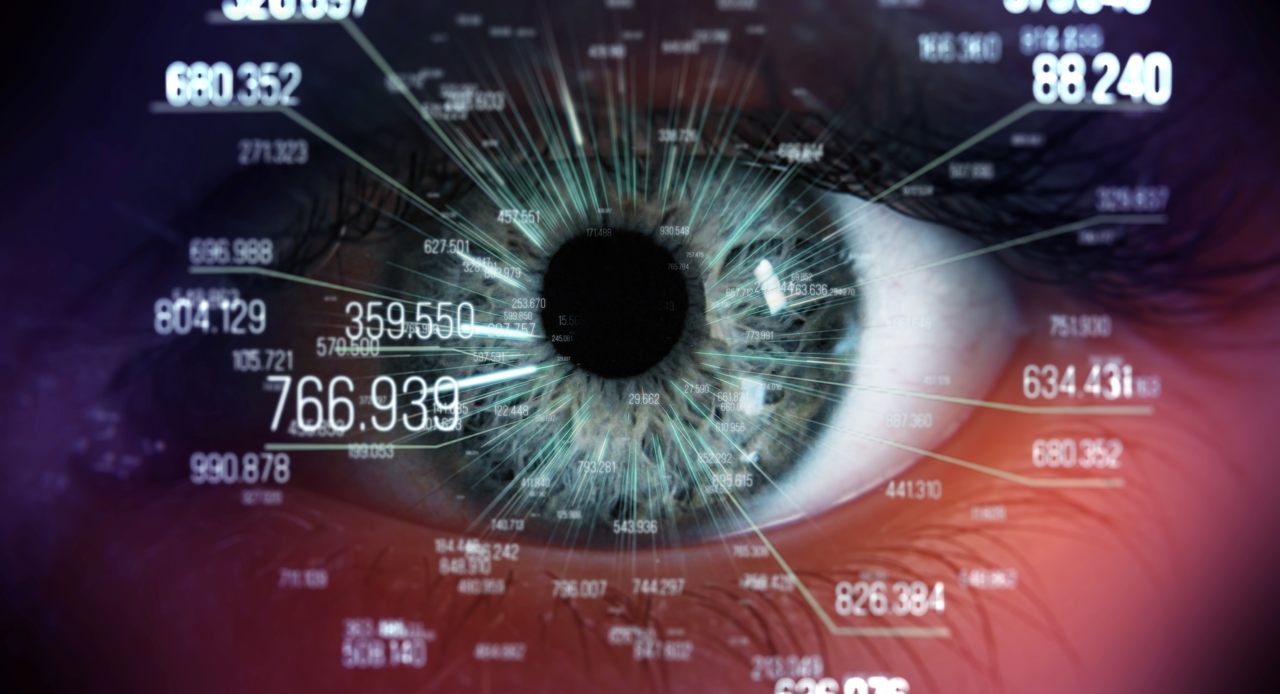
Revolutionizing Glaucoma Care: The Promise of AI
Ernest Cavin
VP International Sales | Driving Global Sales | Sales Strategy & Market Expansion | MedTech | Board Member
Glaucoma is a group of eye conditions that damage the optic nerve and can cause vision loss and blindness. It affects more than 70 million people worldwide and is a leading cause of blindness. Early detection and treatment are critical to preserving vision, but diagnosing glaucoma can be challenging, as it often has no symptoms in the early stages.
That's where artificial intelligence (AI) comes in. AI is already being used in a variety of medical applications, and it has the potential to revolutionize glaucoma care. By analyzing large amounts of data from imaging tests and patient records, AI can help identify patients at high risk of developing glaucoma, monitor disease progression, and personalize treatment plans. This can lead to earlier detection, more effective treatment, and better outcomes for patients.
One way AI is being used in glaucoma care is through the analysis of optical coherence tomography (OCT) images. OCT is a non-invasive imaging test that produces high-resolution images of the optic nerve and retina. AI algorithms can be trained to analyze these images and detect early signs of glaucoma, such as thinning of the retinal nerve fiber layer. This can help ophthalmologists identify at-risk patients and start treatment early when it's most effective.
AI can also be used to monitor disease progression over time. By analyzing OCT images from multiple time points, AI algorithms can detect changes in the optic nerve and retinal structure that may indicate disease progression. This can help ophthalmologists make more informed decisions about when to adjust treatment plans or recommend surgery.
Another example of AI in visual field testing is the use of machine learning algorithms to analyze large amounts of visual field data and identify patterns that may indicate the presence of eye disease. These algorithms can identify subtle changes in visual field data that may be missed by the human eye, allowing eye care professionals to detect eye disease earlier and provide more targeted treatment.
Another example of AI in visual field testing is the use of computer vision algorithms to analyze visual field test results and generate heat maps or other visualizations that can help eye care professionals quickly and easily identify areas of concern. These tools can also help to track changes in visual field data over time, allowing eye care professionals to monitor disease progression and adjust treatment plans as needed.
领英推荐
Overall, the use of AI in visual field testing has the potential to improve the accuracy and efficiency of this important diagnostic tool, while also providing more personalized and effective care to patients. As AI technology continues to advance, we can expect to see even more innovative tools and solutions in the field of eye care, helping to improve outcomes for patients and reduce the burden of eye disease on individuals and society.
Another way AI can improve glaucoma care is through the development of personalized treatment plans. Glaucoma is a complex disease with many factors that can influence treatment decisions, such as age, intraocular pressure, and the presence of other eye conditions. AI can help integrate these factors and generate personalized treatment plans that take into account each patient's unique needs and risk factors.
By leveraging the power of AI, we can create a more effective and efficient healthcare system that benefits patients and providers alike.
AI is still in the early stages of development in glaucoma care, and there are many challenges to overcome. For example, AI algorithms need to be validated in large, diverse populations to ensure their accuracy and generalizability. They also need to be integrated into clinical workflows in a way that is efficient and effective for ophthalmologists.
Despite these challenges, the potential of AI to improve glaucoma care is exciting. By providing earlier detection, more personalized treatment plans, and better monitoring of disease progression, AI has the potential to revolutionize glaucoma care and help preserve vision for millions of people worldwide.
PeriVision combines artificial intelligence (AI), virtual reality (VR), and the cloud to build next-generation systems to understand visual function. Their systems improve workflow efficiency in practices and hospitals and provide deeper clinical insight into eye diseases. To leverage these technologies to the full extent, PeriVision takes a disease-centric approach.